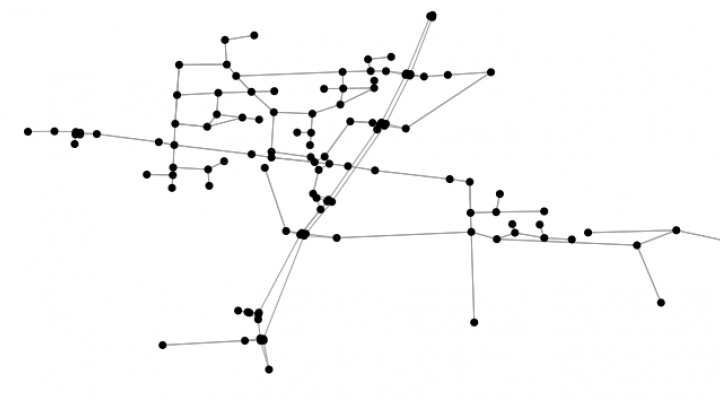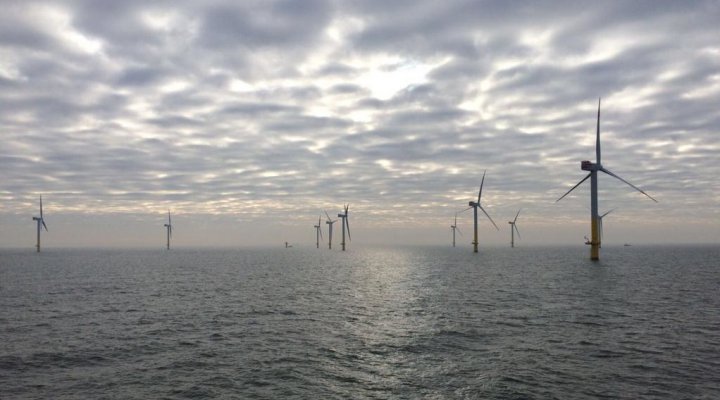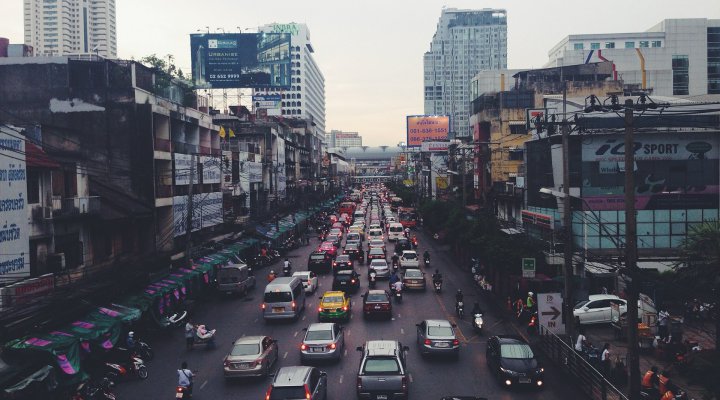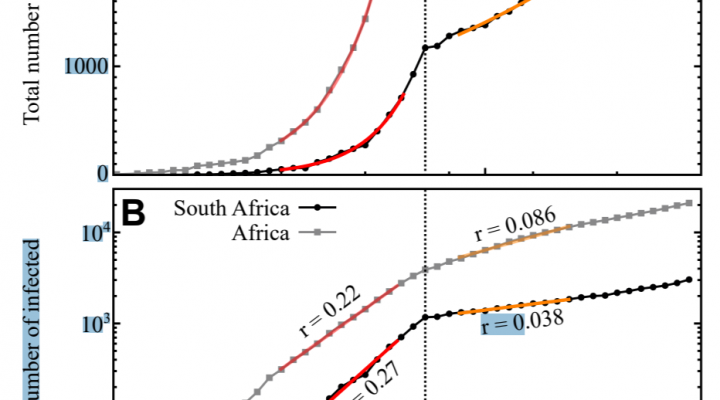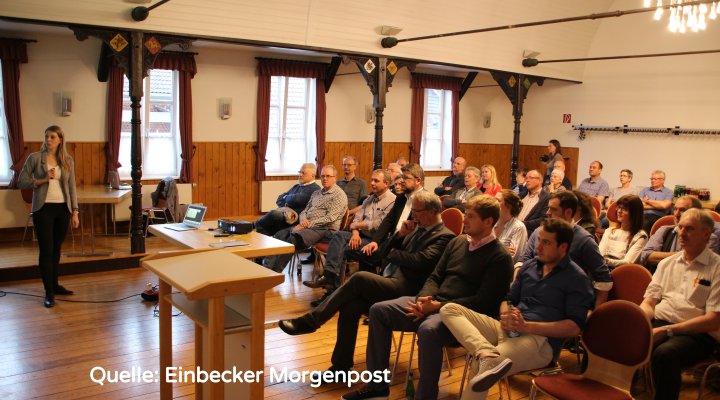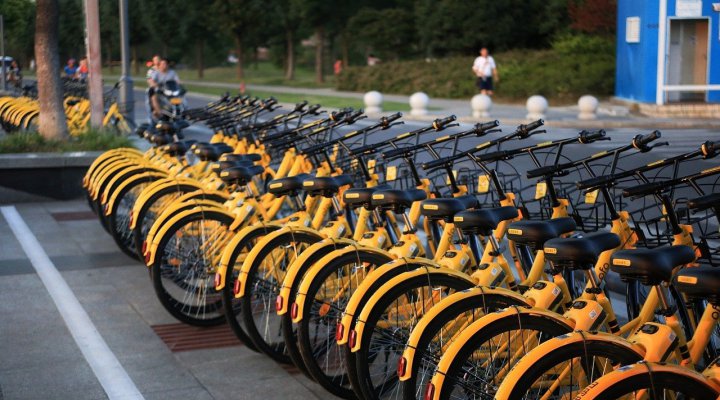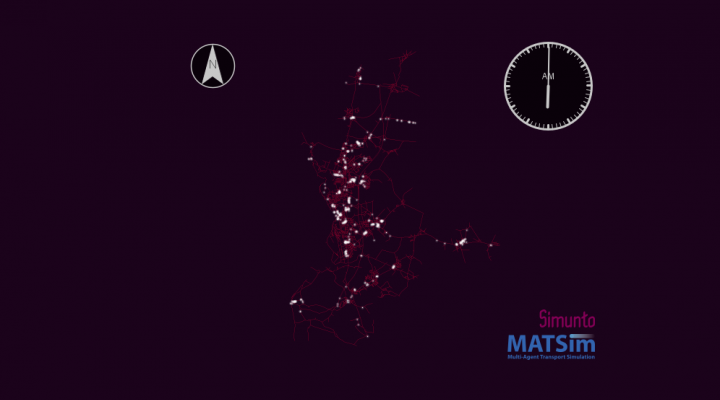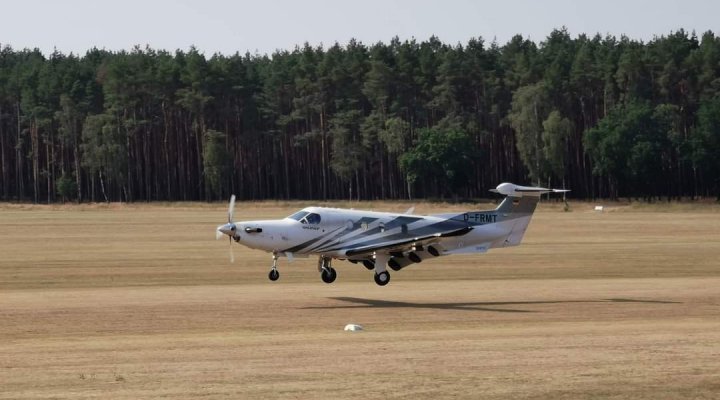Smart SH
The state of Schleswig-Holstein is to become Germany's most innovative education and knowledge region, home to a large number of high-tech industries. This is the goal of this initiative, which anticipates an in-depth structural analysis of the state and then sets new impulses in the state.
Status: posted

Funding:
Funding program „Richtlinie für die Gewährung von Zuwendungen zur Förderung von anwendungsorientierter Forschung, Innovation, zukunftsfähigen Technologien und des Technologie- und Wissenstransfers“, Proof of Concept: High-tech settlement in Schleswig-Holstein, Application-No.:12319006.
Publications
Submitted:
Poddig, M. & Schlüter, J.. Following Silicon Valley: In search of the recipe for building a high-tech cluster. submitted@Journal of Regional Science
In Press:
Technical Report: Machbarkeitstudie zur Ansiedlung von Hochtechnologien in Schleswig-Holstein.
Persons involved
Related Projects
-
Transport Hubs in
Rural AreasIn times of transformation from passenger transport, nodes that enable inter- and multimodality in the transport sector are becoming particularly important. New forms of mobility in the context of public transport are thus strongly focused on these starting and transfer points. Accordingly, these nodes are to be considered separately but at the same time in the overall spatial context of the region.
Transportsystems in
Rural AreasIn times of transformation from passenger transport, nodes that enable inter- and multimodality in the transport sector are becoming particularly important. New forms of mobility in the context of public transport are thus strongly focused on these starting and transfer points. Accordingly, these nodes are to be considered separately but at the same time in the overall spatial context of the region.
Public Transport in
Ageing SocietiesThe proportion of the population aged 60 and older in western countries is countries is growing steadily. The mobility of older people is therefore of of increasing importance, as this rapid growth can lead to serious traffic problems if, with increasing age, the decites in driving skills become more pronounced as people age. The concentration of older people in rural areas thus presents the latter with a thus poses a variety of problems. Up to now, public transport in rural in rural regions is often designed to serve schoolchildren, and even this is only to a limited extent. Accordingly, these regions are facing new challenges and must adapt their structures accordingly.
-
Wind Structures
The most important energy source from the field of renewable energies in europe is wind. Currently, wind can still be interpreted as a stochastic variable. Accordingly, we try to improve our understanding of the structure of the wind with mathematical and statistical tools.
Energy Economics
Wind energy represents an important future economic sector due to the increasing interest in renewable energy worldwide. For this reason, wind turbine performance prediction is an important task for economists. Accordingly, the field of energy economics is in a state of flux and offers a variety of new research questions.
Energy Trade
Wind energy is gaining an ever-increasing share in the electricity mix of many countries. Our goal is to estimate the wholesale price and thus provide planning certainty in the markets and reduce the impact of fluctuation of wind energy. For this analysis, we treat offshore and onshore wind energy as variables to be considered and their impact on the European Energy Exchange. Using these models, we can identify various parameters and how they affect wholesale electricity prices.
-
Copenhagenize Cities
Currently, a gradual change in the perspective of cities can be observed worldwide due to global warming and the shortage of raw materials. Shortage of raw materials on the one hand, and rapidly growing population figures and the resulting increase in traffic volume on the other. With the signing of the Kyoto Protocol and the associated goal of the international community, global warming to a maximum of 2 degrees Celsius compared to pre-industrial pre-industrial level, the world has committed itself to taking effective steps to reduce greenhouse steps to reduce greenhouse gases. In cities in particular, the bicycle is thus gaining ground as a sustainable, CO2-neutral means of transport. because of its potential to replace motorized transport and contribute to climate protection and quality of life.
Cost Benefit in Transportation
Interdisciplinarity is an essential key to the effectiveness of innovations and technologies. Accordingly, the aim of this work is to evaluate the potential of transport systems from an economic point of view and thereby generate recommendations. Digital approaches enable new options for an optimal interaction of these disciplines.
Transport in Metropolitan Areas
Transportation in the megacities of the has a multitude of problems. One of the biggest core problems is the inadequate public transportation system which leads to a multitude of other problems such as extreme traffic congestion, long commute times, air pollution, fatal traffic accidents. The external cost of these consequences is a high damage to the economic development of these cities. With the continuous growth of these cities, this research area is continuously gaining importance to provide for a more sustainable world.
-
Transport Behaviour, Gamification and Nudging
One of the biggest challenges in the mobility transition is human behavior. This is influenced by many different factors and must be considered accordingly for special requirements. This makes it easier to derive more efficient and better economic models and policy implications for these requirements. Our goal here is to enable more sustainable transport behavior. Extrinsic incentives and monetary incentives could be a solution for this, accordingly such concepts have to be identified and tested in experiments.
Agent Based Simulations and Policy Recommandations for Epidemics in South Africa
The People´s Republic of China was the first region to be affected by a global pandemic outbreak in January 2020. COVID-19 spread very quickly around the globe, presenting the international community with new dimensions of economic, social and moral problems. Countries responded by making macroscopic decisions for their nations. The individual regions were not equipped with the appropriate applications to be able to act regionally. Accordingly, micro-management decision support tools could be developed by us to advise the regional decision makers.
New Business Concepts for Public Transport
Ongoing digitization has already produced numerous disruptive innovations, with many more to follow. The transportation sector is particularly affected by these innovations, whether through drones, autonomous vehicles or the digitalization of public transport. New business models must be developed and adapted accordingly.
-
Demand Responsive Transport Systems in rural Areas
Demographic change is prevalent in rural regions against the backdrop of an aging society as well as out-migration due to a lack of employment opportunities employment opportunities and poor infrastructure. Given a fixed budget for transport operators, declining demand leads to high operating costs per transported customer. This makes the provision of public transport economically inefficient and People in rural areas become highly dependent on private motorized transport. Accordingly, public transport needs to be transformed through digitalization measures. For this purpose, the DRT system Ecobus was developed for rural areas as a door-to-door system.
Socio-Economic Optimisation of Public Transport Systems in Africa
While urbanization and population growth are expanding city boundaries, public transportation systems are required to accompany this process in order to provide accessible public transport. The results of this study provide a basis for further analyses of public transport systems around the world to determine deficiencies in parameters and service design. It also contributes to the toolkits for the assessment of public transport services within a city and provides guidelines for political processes.
Corporate Mobility Management
The scope and tools of modern corporate mobility management concepts go far beyond pure business travel. Changing mobility needs and digital solutions enable intelligent networking and efficient coordination of different mobility needs and affect other business areas such as corporate social responsibility. Smart and tailored mobility management can create cost-efficient, sustainable and attractive offers for employees and the region.
-
Simulations for future Transport Systems
Disruptive developments in automated driving systems, new drive concepts and digital mobility are shaping the way people in rural and urban areas. In combination with these technical potentials, novel mobility concepts can improve people`s everyday mobility of people in terms of both cost efficiency and sustainability. In addition, the challenges of demographic change and urbanization can be and negative developments can be mitigated.
AI for Aerospace Technology
A major driver of climate change is flying, so we are striving to make this more sustainable. in doing so, we are focusing on researching the effects of operating conditions on aircraft engines to improve the timely planning of maintenance events and optimize them. To do this, we use machine learning mainly with time series of aircraft engines and numerical weather prediction models. The research aims to improve fuel efficiency and increase component longevity. This should enable plant operators and service providers to reduce costs and environmental footprint.
Smart SH
In a comparison of the German states, Schleswig-Holstein scores below average on indicators such as gross domestic product per employee and research and development spending. One possible remedy against such scenarios is to provide impetus for technological innovations that have an impact on both economic growth and industrial development.
-
Door to Door DRT System (EcoBus)
The most flexible DRT system is a door-to-door service. This offers a high degree of flexibility and thus ensures a comprehensive understanding of the user`s routes. Accordingly, such a system can also achieve a high degree of customer satisfaction, as there is no need to change. Depending on the system, the pooling rate and the resulting detours can be problematic.
Demand Responsive Transport Systems in Urban Areas
The most flexible DRT system is a door-to-door service. This offers a high degree of flexibility and thus ensures a comprehensive understanding of the users routes. Accordingly, such a system can also achieve a high degree of customer satisfaction, as there is no need to change. Depending on the system the pooling rate and the resulting detours can be problematic.





